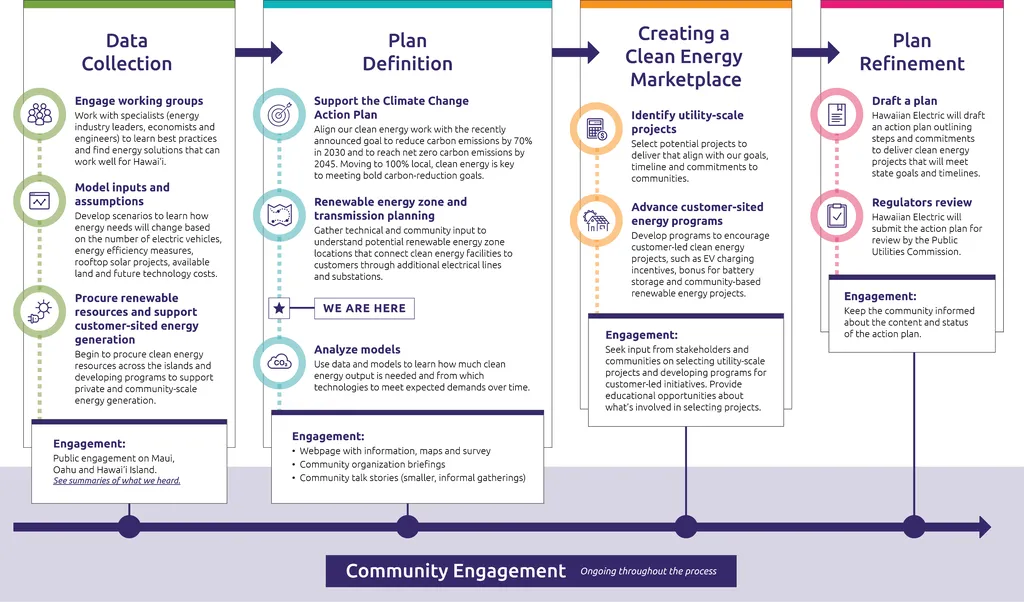In the rapidly evolving energy sector, the integration of renewable energy sources like wind and solar power presents both opportunities and challenges. A recent study published in the journal *AIP Advances*, titled “A chronological transmission expansion planning method and its comparison with stochastic planning,” offers a novel approach to addressing these challenges. Led by Peiguang Chen from the State Grid Jilin Electric Power Co., Ltd. in Changchun, China, the research introduces a method that could significantly impact how power systems are planned and operated in the future.
The study proposes a chronological transmission expansion planning (Chr-TEP) model that considers the temporal constraints of thermal power units and the time series of wind power, solar power, and load demands. Unlike traditional methods, this model simulates the actual operation of future power systems to obtain the optimal planning scheme. “The basic idea is to simulate the future operation of the power system to get the optimal planning scheme,” Chen explains. This approach not only enhances the feasibility of the planning scheme but also reduces redundancy through the maximum net load shifting technique.
One of the key aspects of this research is its comparison with the two-stage stochastic transmission expansion planning (Sto-TEP) model. The study examines how different time spans of scenarios or cycles and various clustering methods affect planning schemes, costs, and computational time. Case studies were conducted on Garver’s 6-bus, IEEE 24-bus, and IEEE 118-bus systems, demonstrating the practical applicability of the Chr-TEP model.
The results are compelling. The Chr-TEP model generally plans more lines than the Sto-TEP model to ensure the feasibility of future operations. This is due to the simulation of future system operation and the consideration of constraints that better align with actual operating conditions. “When considering temporal constraints in the Sto-TEP model, its computational time increases significantly, while the Chr-TEP model has an advantage in terms of computational efficiency,” Chen notes.
The implications for the energy sector are substantial. As the integration of renewable energy sources continues to grow, the need for efficient and reliable transmission planning becomes increasingly critical. The Chr-TEP model offers a more accurate and computationally efficient method for planning transmission expansions, which could lead to more stable and cost-effective power systems.
This research not only advances the field of transmission planning but also highlights the importance of considering temporal constraints and actual operating conditions. As the energy sector continues to evolve, the insights gained from this study could shape future developments and contribute to a more sustainable and resilient energy infrastructure.

